Noir: The Dark Side of Cinema

Throughout February, showing at Filmhuis Den Haag.
Programmers Leendert and Thomas on Film Noir and Neo-Noir
The term film noir fascinates cinephiles and invites scholarly exploration. The genre emerged in the 1930s and 1940s, when American crime dramas, French poetic realism, and German expressionism converged. The classic era of film noir (1940-1950) introduced a dark, unconventional narrative style, both in storytelling and visual aesthetics. The term, literally meaning "black film," gained prominence through Nino Frank’s 1946 analysis of American films like The Maltese Falcon (1941) and Double Indemnity (1944), which defined the genre's essence.
While debate persists over whether film noir is a genre or a style, defining characteristics such as low-key lighting, moral ambiguity, the femme fatale, and the cynical detective clearly set it apart. These elements create an atmosphere ranging from mysterious to gritty and remain highly influential. Directors like Billy Wilder and Stanley Kubrick immortalized the genre, making some of the greatest film noirs among the most impactful films of all time.
The transition to neo-noir marks a modern evolution of the genre. While film noir reflected postwar anxieties, neo-noirs tackle contemporary themes and aesthetics, while staying true to the grim visual style of their predecessors. Films like Blade Runner (1982), Mulholland Drive (2001), and Nightcrawler (2014) refresh the noir tradition, bridging the past and present.
Whether you are a connoisseur or a newcomer, the noir genre offers a journey through shadowy streets and complex narratives that continue to captivate.

Film Noir
Double Indemnity (1944)
Billy Wilder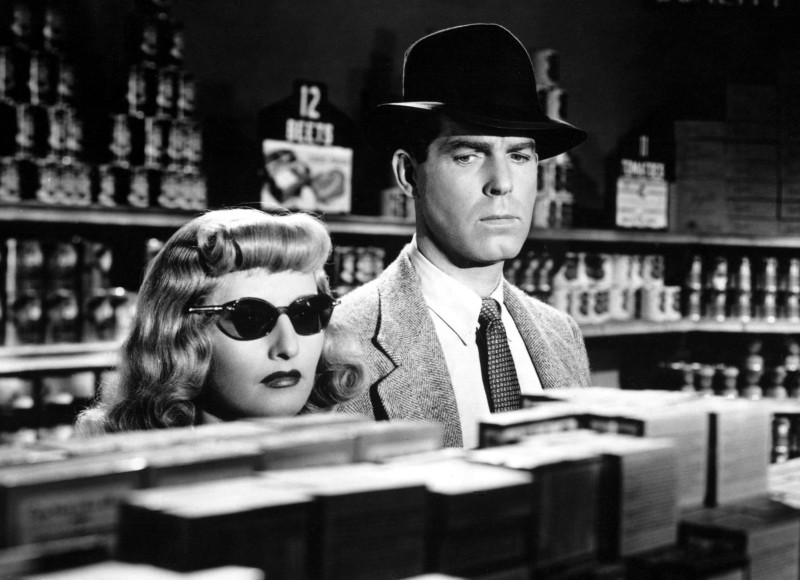
An insurance agent is lured into devising a murder scheme, but distrust and greed lead to a fatal outcome.
Gilda (1946)
Charles Vidor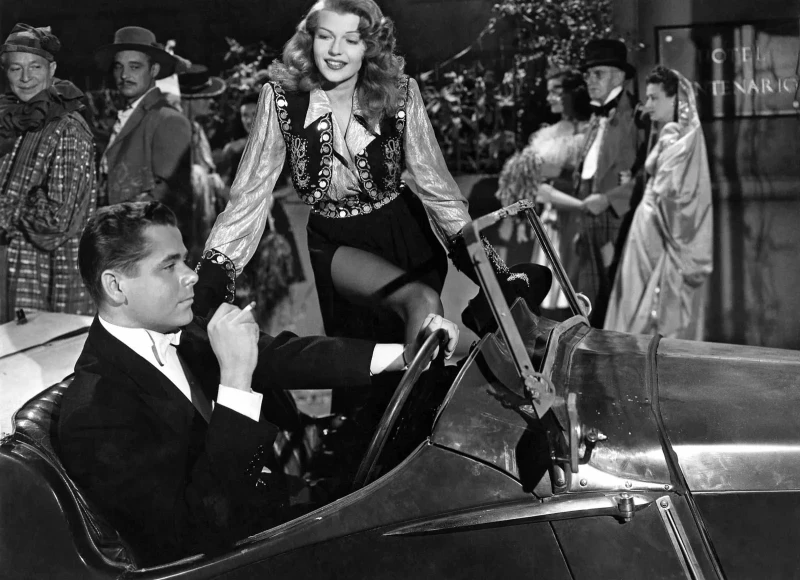
A casino manager and his new boss become entangled in a dangerous game when the flamboyant Gilda disrupts their lives.
In a Lonely Place (1950)
Nicholas Ray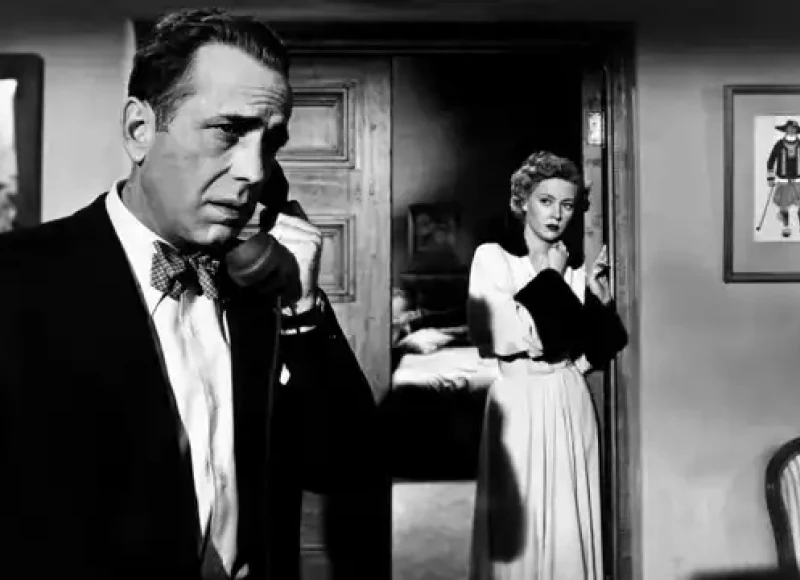
A troubled screenwriter seeks to clear his name of murder, but his temper sows doubt in the heart of the woman who loves him.
Laura (1944)
Otto Preminger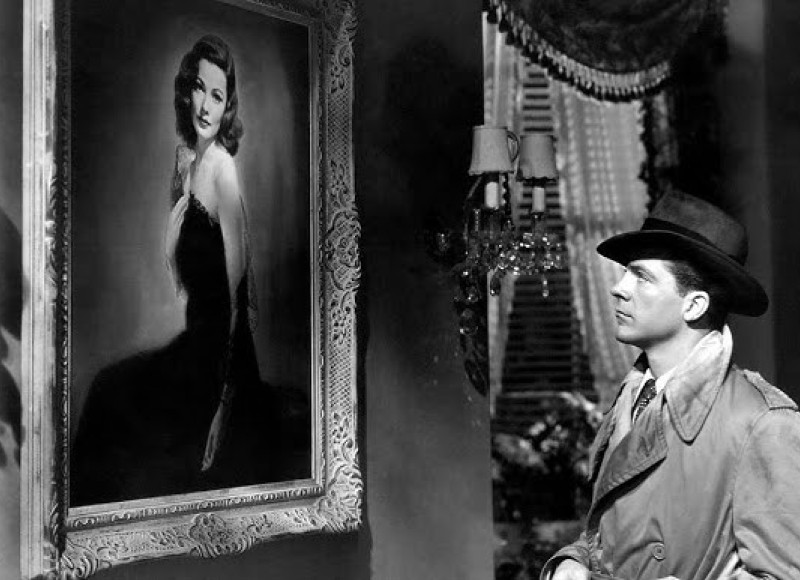
A detective becomes captivated by the beauty and mystery of a murdered woman, as the truth grows increasingly elusive.
Leave her to Heaven (1945)
John M. Stahl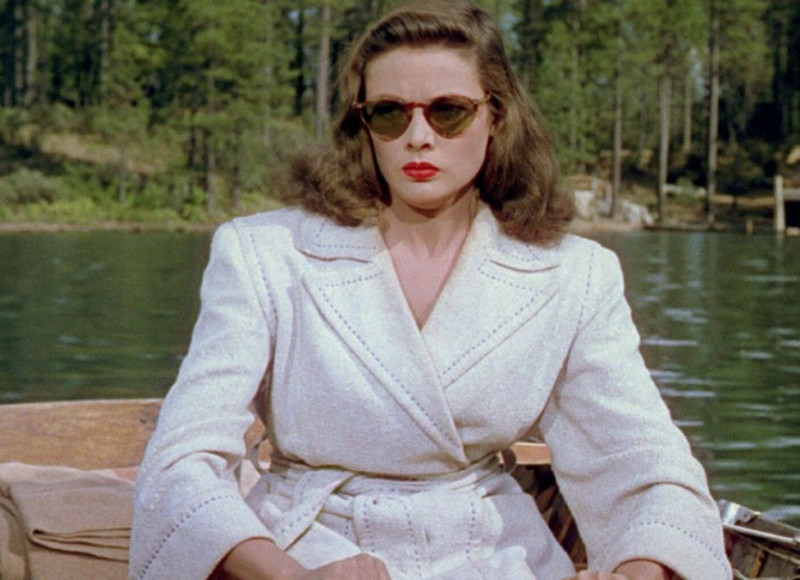
A woman's obsessive love knows no bounds, driving her to deadly sacrifices in her relentless quest to possess the man she desires.
Sunset Boulevard (1950)
Billy Wilder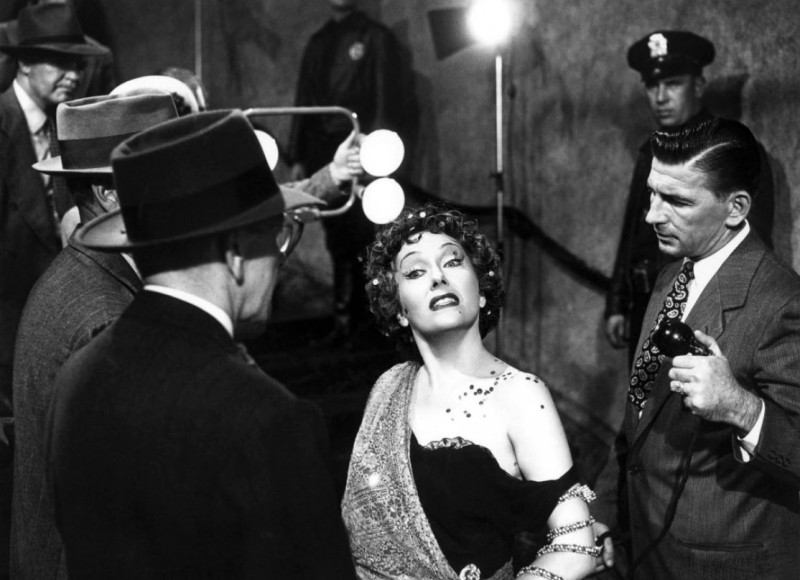
A forgotten star of the silent film era draws a struggling screenwriter into her delusional world, with tragic consequences.
The Big Heat (1953)
Fritz Lang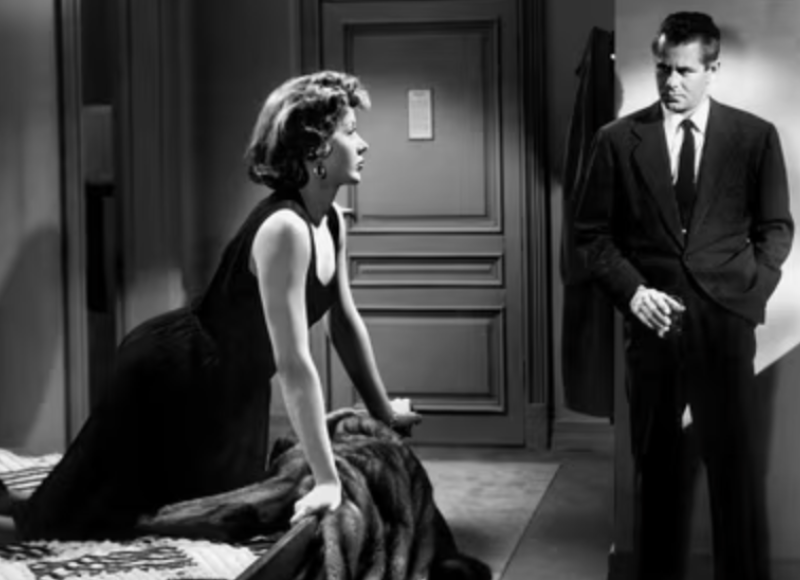
A fearless police officer takes on a criminal network, even as it destroys his own family.
The Killing (1956)
Stanley Kubrick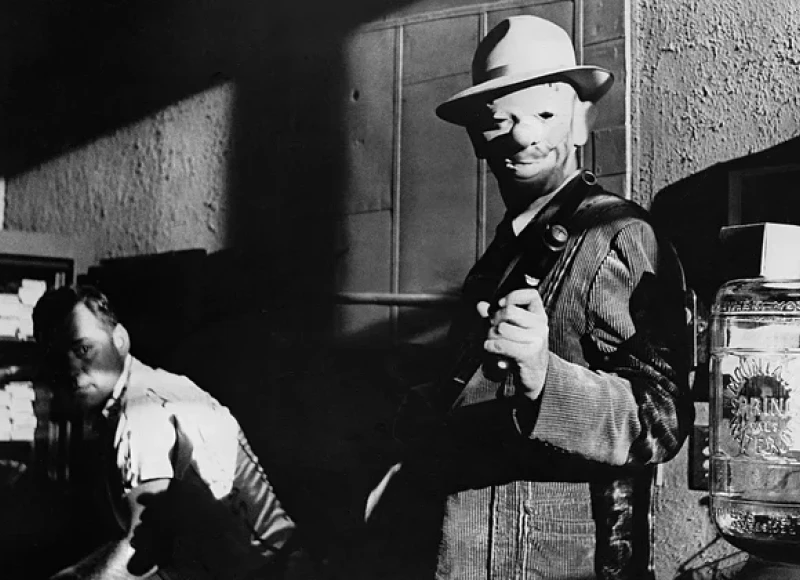
A cleverly executed horse race heist spirals completely out of control due to greed and chance.
The Night of the Hunter (1955)
Charles Laughton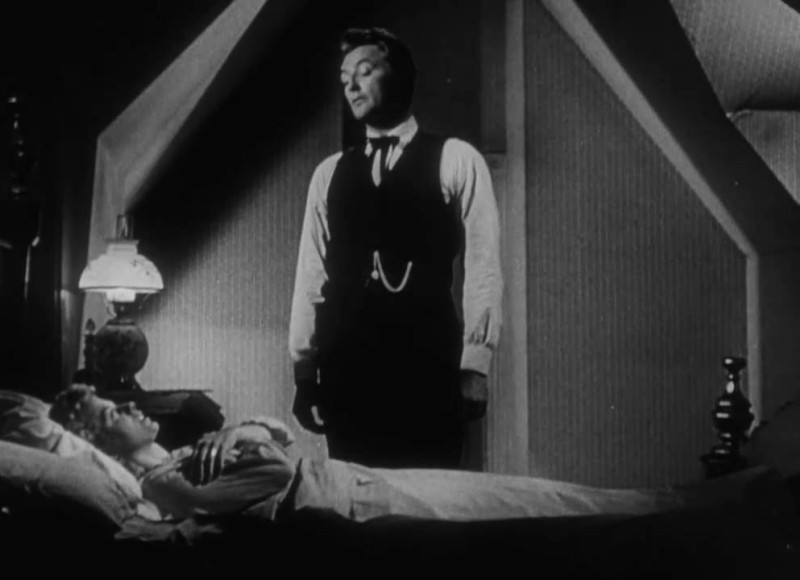
A manipulative preacher pursues two orphans to uncover the hidden loot of their deceased father.
Touch of Evil (1958)
Orson Welles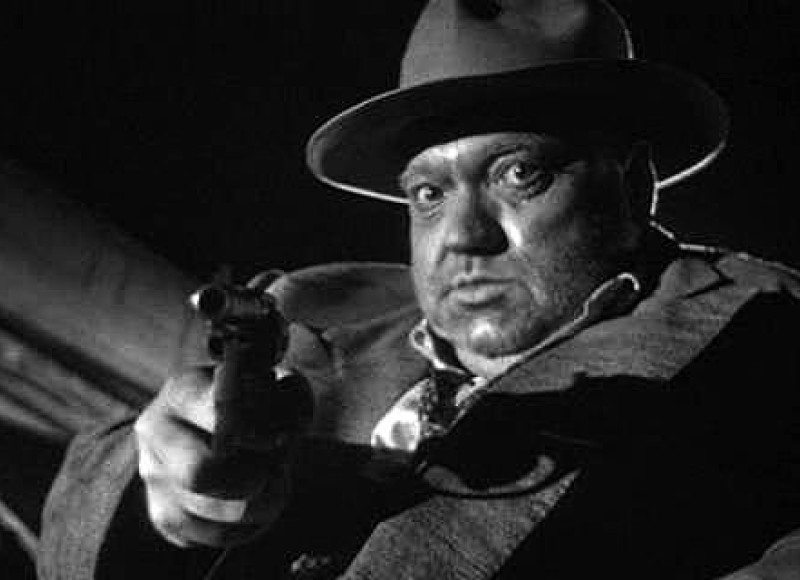
A corrupt detective manipulates a murder investigation at the American-Mexican border, while a young officer tries to unravel the truth.
Neo Noir
Hard Eight (1996)
Paul Thomas Anderson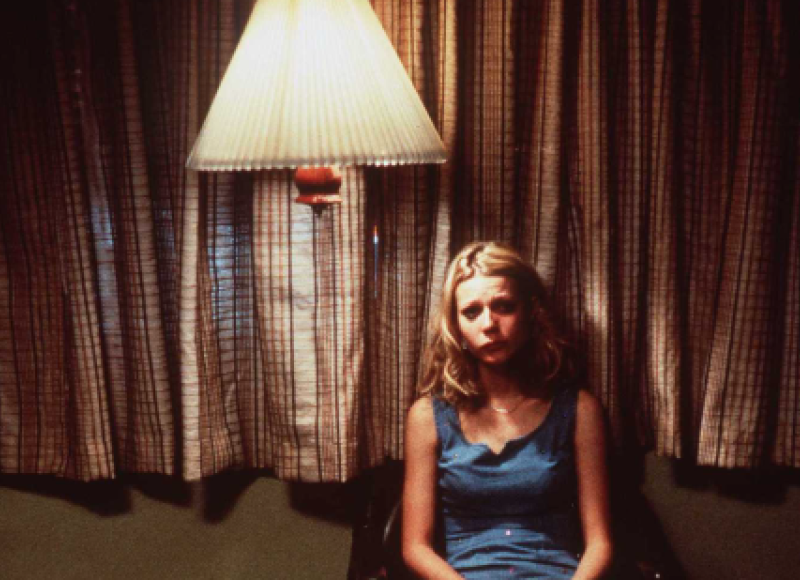
A seasoned gambler takes a lost soul under his wing, but secrets from the past threaten to disrupt their delicate balance.
Strange Days (1995)
Kathryn Bigelow
In a dystopian Los Angeles, an illegal memory recording unveils an explosive conspiracy, while personal demons push everything to the breaking point.
Thief (1981)
Michael Mann
A master thief tries to start a new life, but one last job pulls him deeper into the criminal underworld.